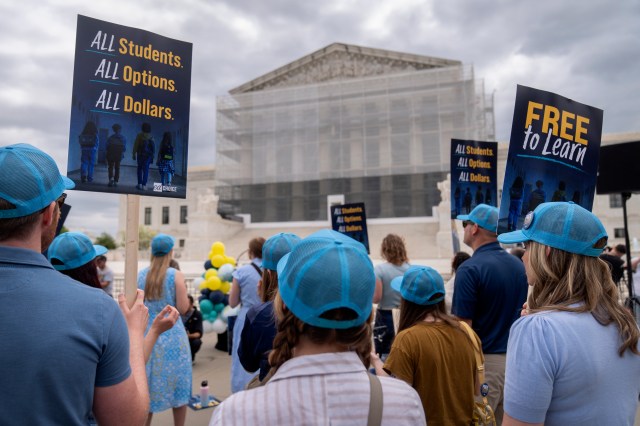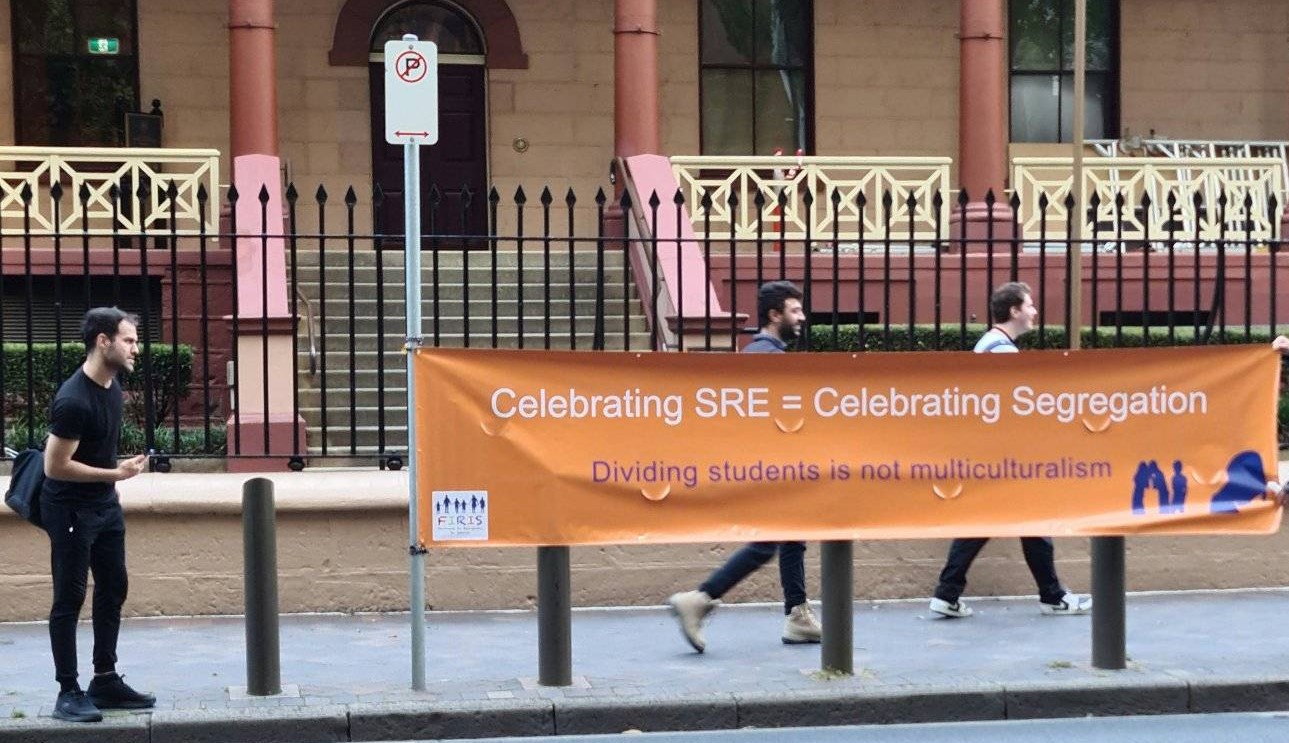Supreme Court's Ideological Shift: When Faith Meets Jurisprudence
Religion
2025-04-11 05:57:28Content

The Supreme Court's political nature has become increasingly apparent, particularly with its current six-justice conservative majority. What was once a topic of hushed debate is now an openly acknowledged reality: the highest court in the land is far from the purely impartial institution it once claimed to be.
Today, most observers recognize that the Supreme Court's decisions are deeply influenced by political ideology, with justices often voting along ideological lines that reflect the partisan landscape of their appointing presidents. The court's recent landmark rulings have only reinforced this perception, demonstrating how judicial interpretation can be shaped by political leanings rather than purely legal considerations.
As public understanding grows, the myth of the Supreme Court as a completely neutral arbiter of justice continues to crumble, replaced by a more nuanced view of the court as a critical political institution that wields significant power in shaping American society.
The Supreme Court's Political Metamorphosis: Unraveling the Judicial Landscape
In the intricate tapestry of American governance, the Supreme Court stands as a pivotal institution whose evolving nature continues to challenge traditional perceptions of judicial impartiality. The contemporary judicial landscape has witnessed a profound transformation, where the lines between legal interpretation and political ideology have become increasingly blurred, sparking intense national discourse about the fundamental role of the highest court in the land.Challenging the Myth of Judicial Neutrality in Modern America
The Shifting Paradigm of Judicial Independence
The Supreme Court's composition has dramatically reshaped the constitutional interpretation landscape, revealing deep-seated political undercurrents that challenge long-held beliefs about judicial neutrality. Recent appointments have fundamentally altered the court's ideological balance, creating a conservative supermajority that wields unprecedented influence over critical national policies. Historically, the Supreme Court maintained a veneer of impartiality, carefully navigating complex legal terrains with nuanced interpretations. However, the current configuration has exposed the inherent political dynamics that have always existed beneath the surface of judicial decision-making. The six-justice conservative majority represents more than a numerical advantage; it symbolizes a strategic realignment of judicial philosophy that extends far beyond traditional legal boundaries.Ideological Dynamics and Institutional Credibility
The erosion of perceived judicial neutrality has profound implications for the court's institutional legitimacy. Each landmark decision now carries the weight of political interpretation, challenging the fundamental premise of judicial independence. Scholars and legal experts increasingly recognize that judicial appointments are inherently political processes, reflecting broader societal power struggles. The current court's composition reflects decades of strategic political maneuvering, where presidential administrations and Senate leadership have deliberately engineered ideological alignments. This deliberate recalibration of judicial power demonstrates the intricate relationship between political strategy and constitutional interpretation.Constitutional Interpretation in a Polarized Era
Modern constitutional interpretation has become a complex negotiation between legal precedent and contemporary political realities. The Supreme Court's recent decisions on issues like voting rights, reproductive healthcare, and governmental regulation reveal a nuanced approach that transcends traditional legal frameworks. The court's evolving role suggests a more dynamic understanding of constitutional principles, where justices increasingly acknowledge the document's adaptability in addressing contemporary challenges. This approach recognizes that legal interpretation is not a static process but a responsive mechanism that reflects societal transformations.Public Perception and Institutional Trust
Public trust in the Supreme Court has experienced significant fluctuations, reflecting broader societal tensions. The increasing transparency of political considerations within judicial decision-making has prompted critical examinations of the court's role in maintaining democratic equilibrium. Citizens are becoming more sophisticated in understanding the complex interplay between legal interpretation and political ideology. This heightened awareness challenges traditional narratives about judicial objectivity and demands greater accountability from the nation's highest judicial institution.Future Trajectories and Institutional Adaptation
The Supreme Court stands at a critical juncture, navigating unprecedented challenges to its traditional conception of neutrality. Future developments will likely involve continued negotiation between legal principles and political realities, requiring innovative approaches to constitutional interpretation. As the judicial landscape continues to evolve, the court must balance maintaining institutional credibility with responding to complex societal transformations. This delicate equilibrium will define the Supreme Court's legacy in an increasingly polarized political environment.RELATED NEWS
Religion

Supreme Court Showdown: Should Taxpayer Money Fund Religious Charter Schools?
2025-05-01 08:00:19
Religion

Unmasking Silence: Survivors Create Landmark Database Exposing Cardinal Misconduct
2025-03-25 18:05:00
Religion

Faith in the Classroom: How Religious Education Is Riding the Cultural Wave
2025-02-24 04:22:46





